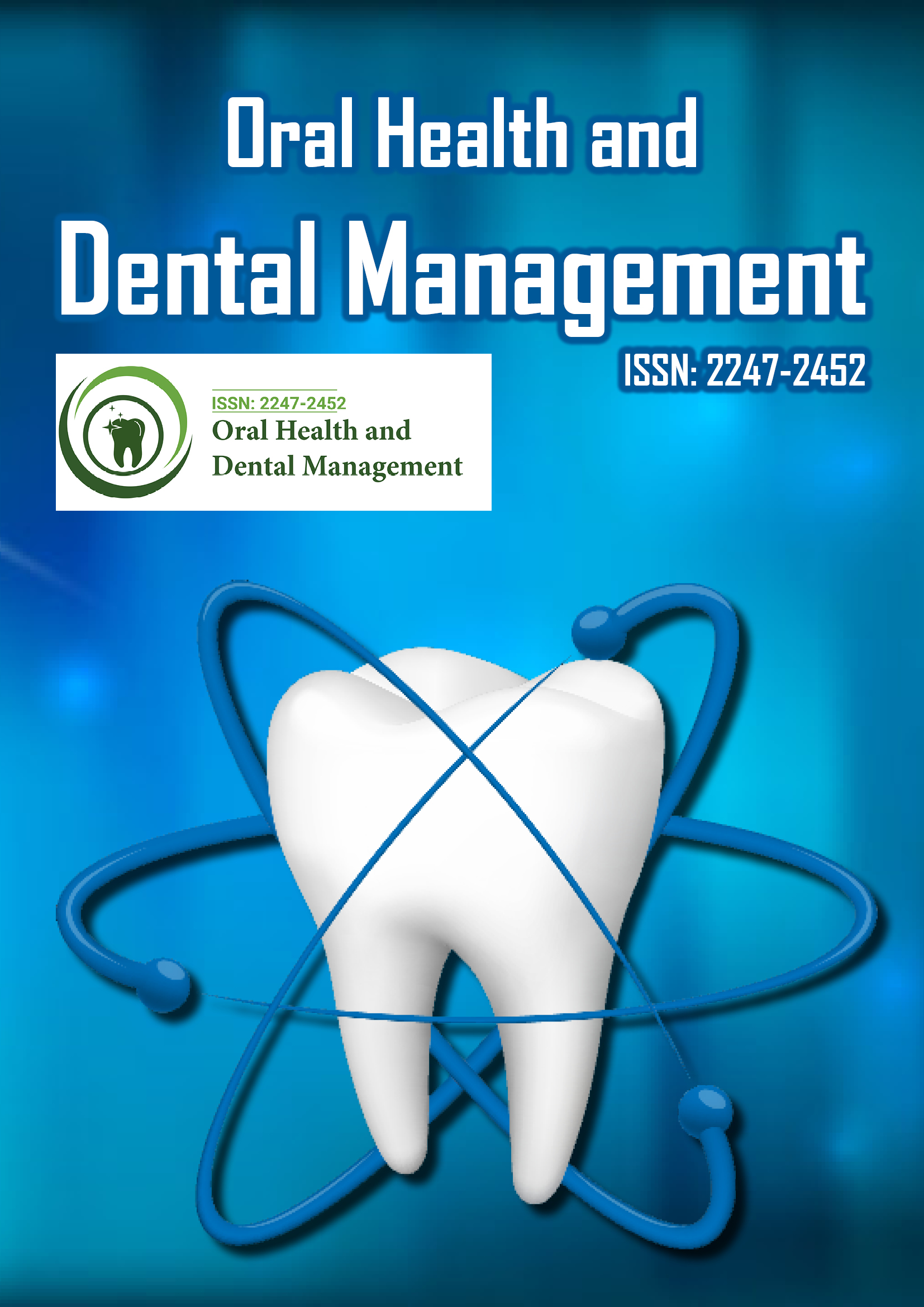Indexed In
- The Global Impact Factor (GIF)
- CiteFactor
- Electronic Journals Library
- RefSeek
- Hamdard University
- EBSCO A-Z
- Virtual Library of Biology (vifabio)
- International committee of medical journals editors (ICMJE)
- Google Scholar
Useful Links
Share This Page
Journal Flyer

Open Access Journals
- Agri and Aquaculture
- Biochemistry
- Bioinformatics & Systems Biology
- Business & Management
- Chemistry
- Clinical Sciences
- Engineering
- Food & Nutrition
- General Science
- Genetics & Molecular Biology
- Immunology & Microbiology
- Medical Sciences
- Neuroscience & Psychology
- Nursing & Health Care
- Pharmaceutical Sciences
Comparative study between novel sedative drugs (Dexmedetomidine) versus midazolam-propofol for conscious sedation in pediatric patients undergoing oro-dental procedures
7th Global Dentists and Pediatric Dentistry Annual Meeting
March 31- April 01, 2016 Valencia, Spain
Waleed M A Al Taher, Emad E Mansour and Mohamed N El Shafei
Ain Shams University, Egypt
Posters & Accepted Abstracts: Oral Health Dent Manag
Abstract:
Objective: A comparative study to evaluate the effect of dexmedetomidine as a sedative in pediatric dental patients in comparison to the currently used combination of midazolam and propofol. Methods: Sixty ASA I children (4-10 years old) referred from the outpatient clinic of the pediatric dentistry department for sedation for dental procedures. They were randomly classified into two groups, Group I (Dexmedetomidine group) was given as 2 μg/kg loading dose over 5 minutes followed by 0.4 μg/kg /h. continuous infusion. Group II (Midazolam �?? propofol group) Midazolam was given as 0.05 mg/kg, and propofol was given loading dose as 1 mg/kg over 5 minutes followed by 5 mg/kg/h. continuous infusion. Heart rate, mean arterial blood pressure, oxygen saturation, respiratory rate were recorded every 5 minutes till discharge. The onset of sedation, procedure time, recovery time, discharge time and the need of analgesia were recorded. The incidence of occurrence of adverse effects was observed. Results: In group I, the mean onset of sedation was significantly longer than in group II, but recovery time was significantly shorter in group I than group II, there are significantly hemodynamics effects in the first 15 minutes and more incidence of occurrence of side effects in group II than group I. There are more analgesic effects of dexmedetomidine in group I than group II postoperatively. Conclusion: Dexmedetomidine is safe and effective when used for sedation in pediatric patients undergoing dental procedures.
Biography :
Email: waleedaltaher@hotmail.com
